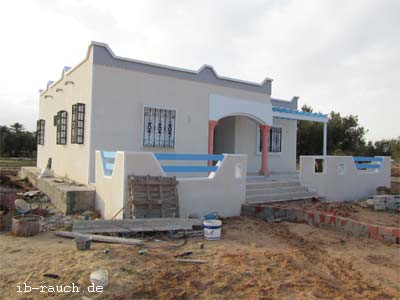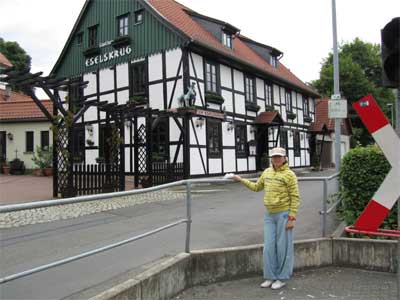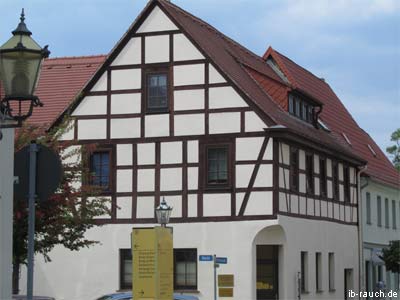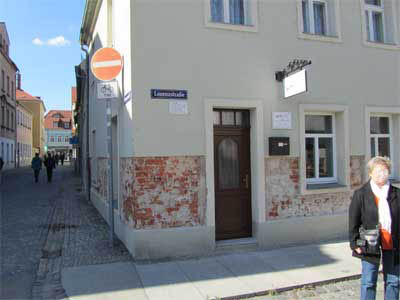In Germany, various building materials were used to build houses. This resulted in different building shapes. Likewise, the constructional designs of the residential buildings vary from region to region. However, this is not only the case in Germany, but in every region on earth. This is especially important if you buy an older house in another region, e.g. Spain, Italy, etc., and want to renovate it. Traditional building designs from your home country cannot simply be taken over during renovation. In some cases this goes wrong and a new building would make more sense.

This depends on the locally available natural building materials, the way of life, the assets but also on the building traditions. The wealth of the population in the respective region determined the size of the properties. This becomes very clear, for example, in the difference in building size and courtyard between the historically poorer Mecklenburg and the richer Saxony with its typical three-sided courtyard. There are many other factors that played a role in shaping the historical building styles in the regions. But all older building styles in Germany have selected similarities. These are the shape of the roof, the use of the roof as storage or usable space, radiant heating and the use of locally available building materials. Almost all of these natural building materials (stone, clay, wood, etc.) can be returned to the environment without any problems and without causing damage. The constructions are adapted to the prevailing climatic conditions. Even in the past, heating energy was expensive and had to be used sparingly and effectively.



In every cultural area a certain building culture has developed. A construction that has proven itself and functions well in one country can fail completely in another. In Germany alone, there are different building constructions; comparing and evaluating them requires a very high effort. Actually, this is hardly possible, since only a part of the influencing factors that affect a house and also work within the building are known. The building is located in and is itself an open thermodynamic system.
Already a cornice absorbs additional moisture from the precipitation, and solar heat is additionally stored on the sunny side. Two completely identical buildings at a different location already have a completely different humidity and thermal behaviour. This is also the reason why the promised parameters of the house suppliers at one location are kept and fail at another location. Now you can't blame these companies, they have to meet the legal requirements. Which they may have brought in themselves through standards committees or with the help of the lobby.
A scientific evaluation as well as the questioning of the functionality of historical and present constructional solutions require a very high expenditure of time. It is not, as in many cases, only the individual influencing factors for themselves, but the entire complex of material, chemical, thermodynamic and strength influencing factors that must be considered. Now the lecture of Prof. Dr. G. Gerlich has only indirectly something to do with house construction, but it becomes very clear how complicated the influence on buildings is.
But much more important is the question, what purpose must residential buildings serve? Do they have the task to protect people and have a positive effect on their health or is it just a capital investment or concrete gold.
Florida was once very sparsely populated. So the hurricanes could hardly destroy a house or infrastructure. In an earthquake area, one does not build houses of cards either, unless the construction companies save on the prescribed constructive execution. This botch-up cost many Turkish people their lives in the earthquake some years ago.
The great damage of the last two floods in Saxony is home-made. The deforestation of the mountains, the river straightening and the construction of houses in natural flood plains are the main causes. The Elbe and the Mulde have always had floods. The owners then have a lot of work to do to repair the damage.

You can build a house that will survive (almost) all natural weather conditions or you can build a house a little cheaper and live with a calculable risk. Finally, you decide how the house should look like and which functional characteristics it should have.
1. The current building trend is determined by the eco-industrial complex.
2. Energy saving and the renovation of old residential buildings.
3. What is an energy saving house?
4. The policy provides for houses and flats that make people ill.
5. Which is the right residence?
6. Build a house ecologically and economically.
7. The building culture and construction
8. If you build your own home, then the building laws must be observed!
9. A home of our own for the protection of our family and our health or just a capital investment?
10. Find the right information in the jungle of building information.
11. You as a builder-owner have to finance all building measures and conditions!
12. The wrong housing construction and the housing shortage
13. How is knowledge generated in the construction sector?
© Bauratgeber24 | Index | Inhalt | Bauideen | andere Länder | Bücher für den Bauherrn | Download | Datenschutzerklärung | 11/2018 ![]()